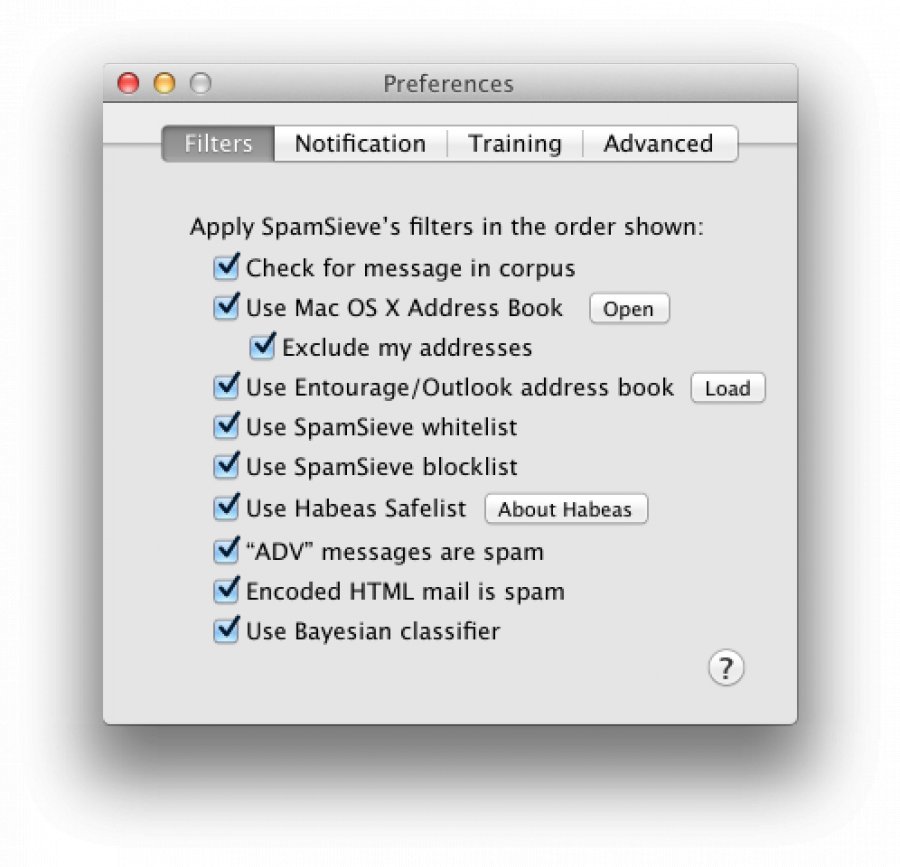

For example, student accounts are always 6 char.
Spamsieve send all messages from a domain to trash software#
During or after installing a piece of software you are asked to register it, including giving your E-mail address.Examples: filling out a form for a Drug company web site, a sweepstakes form at the mall or contact info for a questionnaire/survey. A purchase or inquiry for information is made where you are asked for and give your E-mail address.Most, however, can be boiled into one of the following summaries: Unfortunately there are more simple methods and utilities for your E-mail to be targeted for Spam then there are for blocking it. In recent years though, other, more devious, themes arrive in the guise of Spam such as Viruses and Hacking.” The hallmark of Spam is to force feed information on particular products and/or services to as many potential consumers as cheaply as possible. At best such ‘junk mail’ is as tasteless as the food product it derives its name from, but more often than not, it is far worse. “Although known as ‘the other Pink meat’ to most, in computing terms ‘Spam’ is a label for unsolicited E-mail received by a given account. These files are located at /usr/local/lib/dovecot/sieve.You can find out more information about Spam at the following sites: Training is done by moving emails into and out the junk folder. To train rspamd, we need to provide sieve scripts. We need to so we have to comment these parameters in the file /etc/dovecot/conf.d/nf.

Ssl_key = need to pass authentication based on the /etc/mail/credentials file set earlier. Incoming connections are filtered with rspamd and have as the provided host name. TLS is used along with the PKI for incoming connections (either for submissions or not). The setup is simple: smtpd listens to local connections (on lo0) and on another interface (with the IP address 192.168.0.100). match from local for local action "local_mail" # HEADS UP: Authorize forwarding emails for a local machine match from src "192.168.0.200" for any action "outbound" # HEADS UP: Authorize forwarding emails for a local machine match from local for any action "outbound" match auth from any for any action "outbound" match from any for domain "" action "domain_mail" # When the mail comes from and for a local user it triggers the "local_mail" action. # When the mail comes from any place for our domain, it triggers the "domain_mail" action. Virtual # Relay mails when they come from authorized clients. Location "/.well-known/acme-challenge/*" " \ httpd has to be configured to point to the right directory for acme challenges for your domains.This tutorial is heavily inspired by the vultr tutorial and an old article about let’s encrypt on openbsd. antispam ( rspamd + Sieve rules to train the antispam).also, both virtual and local users have aliases.with STARTTLS for smtpd and TLS for imap.with virtual users for the domain and local users.smtp and imap servers ( opensmtpd and dovecot).certificates with Let’s Encrypt ( acme-client and the httpd server on OpenBSD).Mail server (smtpd, dovecot, rspamd) on OpenBSD Posted on SeptemGoal


 0 kommentar(er)
0 kommentar(er)
